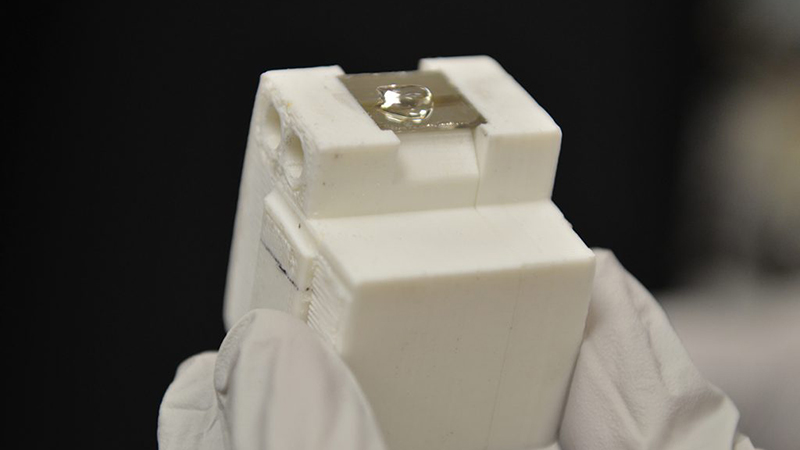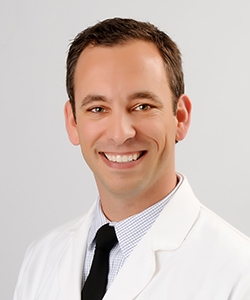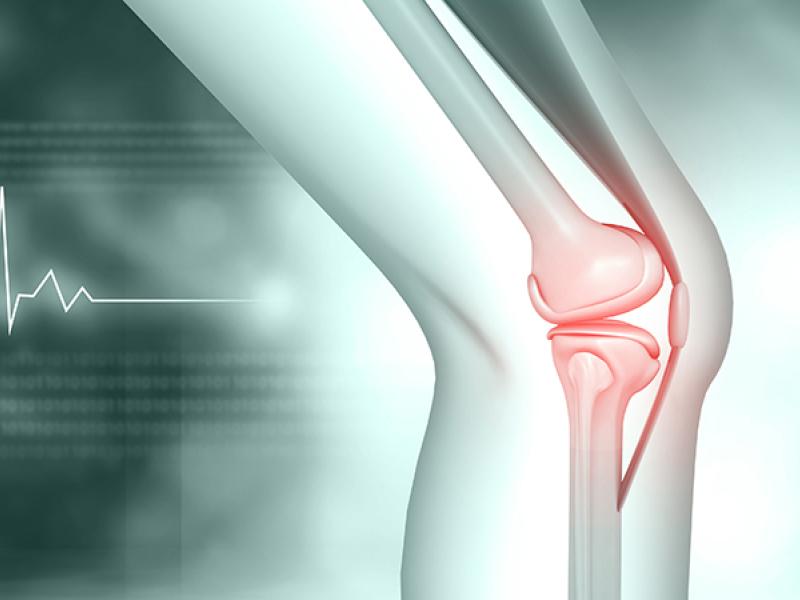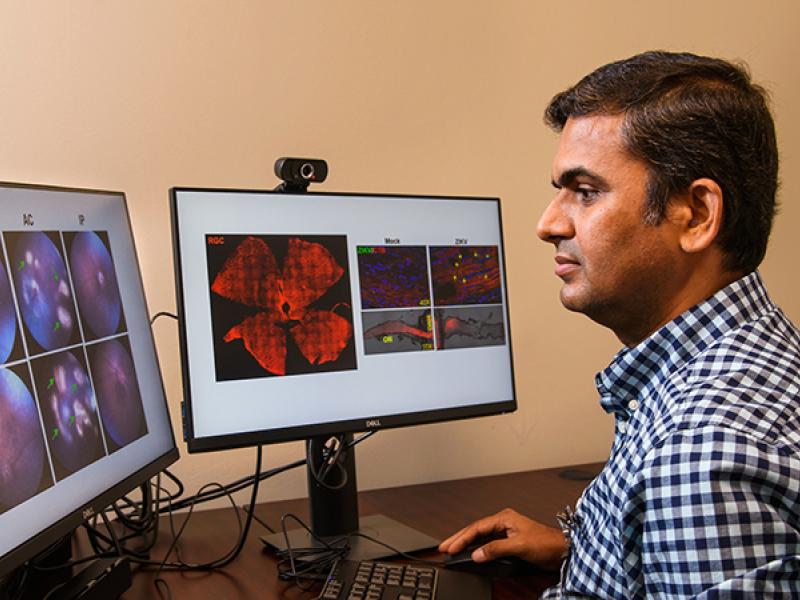
Imagine you're the greatest baseball pitcher of all time. You focus on your target, take a deep breath as you wind up, and then WHOOSH — your pitch floats effortlessly past home plate as the umpire shouts "strike!"
Now, imagine a 12-inch wide cement wall a few steps in front of home plate. You can't see the catcher — you're not even sure what pitch he called. Is your accuracy going be the same?
Probably not.

For dermatologists performing laser procedures like hair and tattoo removal, the hair and ink are the catcher and your skin is the wall. "What we want to do is get the wall out of the way," said Nicholas Golda, MD, director of dermatologic surgery at University of Missouri Health Care and an associate professor of dermatology at the MU School of Medicine.
To help achieve this, Golda and colleagues from the University of Missouri are developing a waveguide that seeks to deliver laser light with higher accuracy, efficacy and safety. Although the procedure isn’t available to patients now, Golda said he’s hopeful the procedure will be widely available in a few years. The technique — called sonoillumination — uses ultrasound to disrupt the layers of skin and allow dermatologists greater access to targeted areas.
Controlling the uncontrollable
With any laser-based procedure, risks are involved. One of the main risks is ocular (eye) damage. "Because today's lasers use open-air transmission, there is always the risk that the laser will damage the patients' and doctors' eyes," Golda said. “One of the main benefits of sonoillumination is that the laser is only emitted when it's in direct contact with a patient's skin.”
Golda, who has already had one laser eye exposure without his goggles, says this could be life-changing for dermatologists. "The goggles dermatologists wear during these procedures make it hard to see the target we're working on. This new guide is fool-proof in that the laser won't work unless it's actually in contact with the patient's skin." Not only will dermatologists be able to better see their target, they'll also be able to reach it and treat it more effectively. "This allows us to treat patients in a safer environment and opens doors for things we previously thought weren't possible," Golda said.
Reaching more patients
Not only is sonoillumination more accurate, effective and safe, it may one day increase the number of skin types who can get laser treatments. "Right now, laser hair and tattoo removal for African-Americans, for example, can be very difficult," Golda said. "We've previously had challenges getting the thick wall — melanin in the skin — out of the way to reach the targeted hair or tattoo ink." Sonoillumination may allow dermatologists to disrupt the layer of skin and more easily treat people who are darker skinned. In addition to reaching more patients, Golda hopes sonoillumination could eliminate hair and tattoos more quickly and with fewer treatments. This could eventually reduce the cost of these types of procedures because fewer treatments would be necessary thus making the procedures affordable for more people.
A culture of collaboration
As an academic health center, doctors at MU Health Care routinely partner with researchers and staff on the MU campus. Golda said the best innovation happens when multiple disciplines are brought together. “By bringing all of our specialties together, we've been able to create a product that has ever-expanding possibilities. This technology has opened the door for applications that each of us on our own would likely never have conceived.”
For this project, Golda teamed up with Heather K. Hunt, an assistant professor in the MU Division of Food Systems and Bioengineering; Paul Whiteside, a PhD candidate in Hunt’s lab; and Chenxi Qian, a former undergraduate research assistant, and other researchers from Hunt's lab. Their paper, “Ultrasonic modulation of tissue optical properties to increase transdermal light transmission," was recently published by the American Society for Laser Medicine and Surgery.
Additional coverage from the MU News Bureau, CAFNR and the College of Engineering





